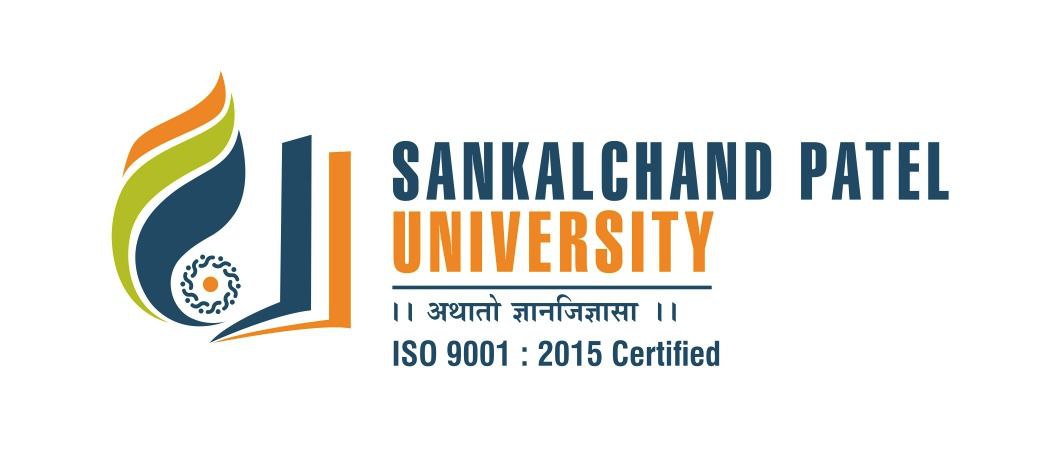Aim
The aim of the Sankalchand Patel University Journal of Science, Technology and Management Research (SPU-JSTMR) is to facilitate the rapid dissemination of original theoretical and applied research findings of multidisciplinary fields such as Engineering, Science, Commerce, Management, Computer Applications and Fashion Design.
Scope
The papers may contain original research contributions such as state-of-the-art literature reviews, mathematical analyses, mathematical modelling and simulation analyses in science and technology, design procedures, computer flowcharts and programmes, real-world implementation, hardware realisation, and management case studies in all published articles and research papers in their entirety. The editorial board conducts peer review with the support of experts from numerous academic and business disciplines. SPU publishes a journal every year. In addition to other humanities-related fields, its scope includes pertinent topics in the general fields of engineering like Civil Engineering, Computer Engineering/Science, and Information Technology, Electrical Engineering, Electronics & Communication Engineering, Information and Communication Technology, Mechanical Engineering, Electrical Engineering, Mathematics, Chemistry, Physics, Commerce , Management, Computer Applications and Fashion Design related fields.
The Objective of SPU-JSTMR is:
The objectives of a research is specific outcomes that a researcher wants to achieve through their study. The objectives are usually formulated after conducting a literature review to identify the gaps and needs in the existing knowledge. The objectives should be clear, concise, attainable, and relevant to the research topic:
The clear Objective of SPU-JSTMR is:
1.To provide a platform for publishing original and innovative research in
the fields of engineering, Technology and management.
2. Enlisting the creative research contributions of academics from around the world and putting them on a
single reference platform for the research community.
3. To promote interdisciplinary and collaborative research that addresses the challenges and opportunities
of sustainable development.
4. Promoting an interdisciplinary approach to learning among those who work in engineering, science,
commerce, management, and fashion design.
5. To assist researchers in connecting with peers through their work and receiving helpful criticism or
admiration that will aid aspiring researchers in lifelong learning.
6. To disseminate the latest scientific findings and best practices to the academic community, policy
makers, industry, and society.
